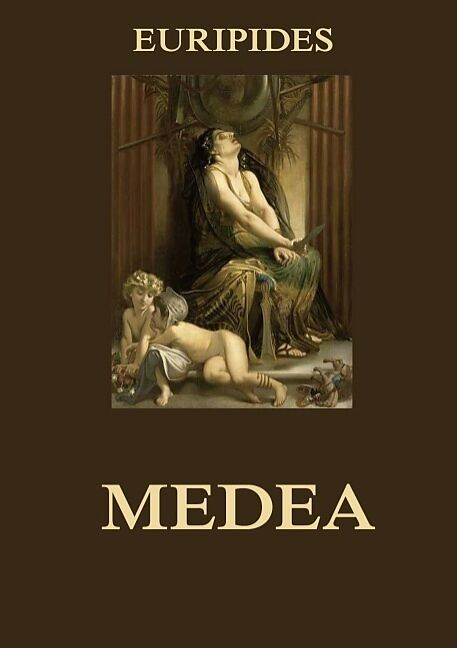

One research article even suggests that mothers are more likely to kill male children if their motivation is vengeance: Medea’s is, and her victims are both sons. Medea’s motivation is a desire to punish her husband, a major category used by researchers investigating the background to such crimes. Isolation, low social status, and stress have been cited as crucial factors in maternal infanticide both in humans and in primates. She’s been abandoned by her husband in a foreign land where she has no support network. Indeed, Medea’s situation bears a chilling resemblance to current research on maternal filicide. Mothers wilfully killing children has a particular horror, but it’s a sad fact that it isn’t as rare as we might like to think, and stories about women accused of the crime regularly hit the news. But regardless of the first audience’s response, the play quickly became a classic, and Medea’s infanticide supplanted all other versions of the story. When the play was first performed in an Athenian tragedy competition of 431 BC, it came in last place, and it’s often thought that this was because of the heroine’s dreadful actions. So the first audience who saw Euripides’s play would have been in for something incredibly shocking, unfamiliar as they were with a Medea who kills her children for vengeance. Euripides re-sculpted her story in his play, adding the element that made her the Medea we know today – the woman who kills her own children to avenge her husband’s betrayal. In Greek mythology, Medea was the granddaughter of the sun god Helios, and ran away from her father’s house to marry the hero Jason.

It speaks to our imaginations with incredible power.

But in the case of Medea, the tragic action seems to fit today’s world as well as that of the mythological past. Frequently there are elements that grate or become implausible, and you’re left feeling that the director is trying too hard to make the play “relevant”. Often when ancient plays are updated to a modern setting it can feel unsatisfactory. These contemporary touches are present throughout, whether in the duty-free spirits in a plastic bag, the smoking, or the modern wedding with a tiered cake and helium balloons. This is a Medea definitively set in the modern era: the production opens with two little boys watching television snuggled in sleeping bags. Richard Hubert Smith/National TheatreĪ new production of Medea recently opened at London’s National Theatre to critical acclaim.


 0 kommentar(er)
0 kommentar(er)
